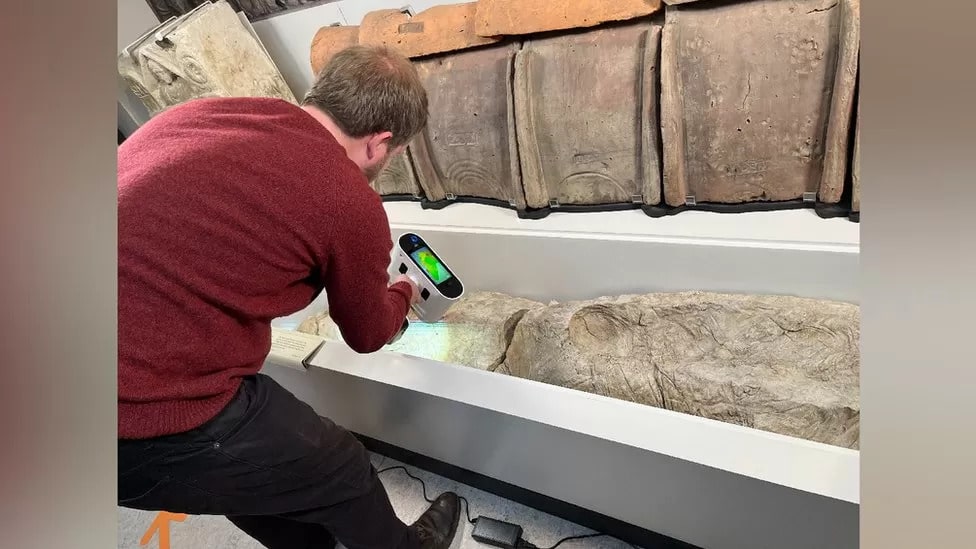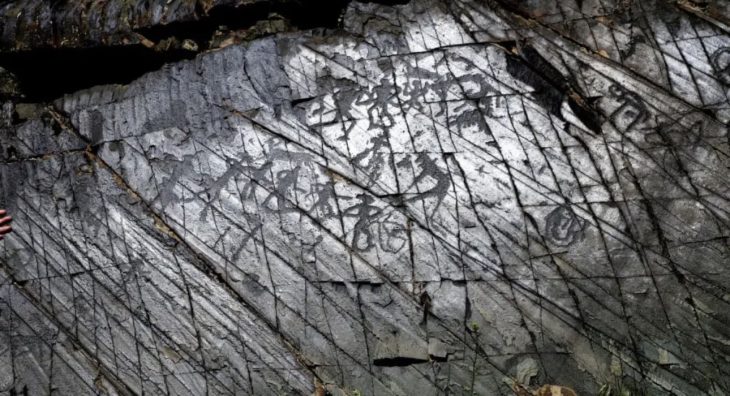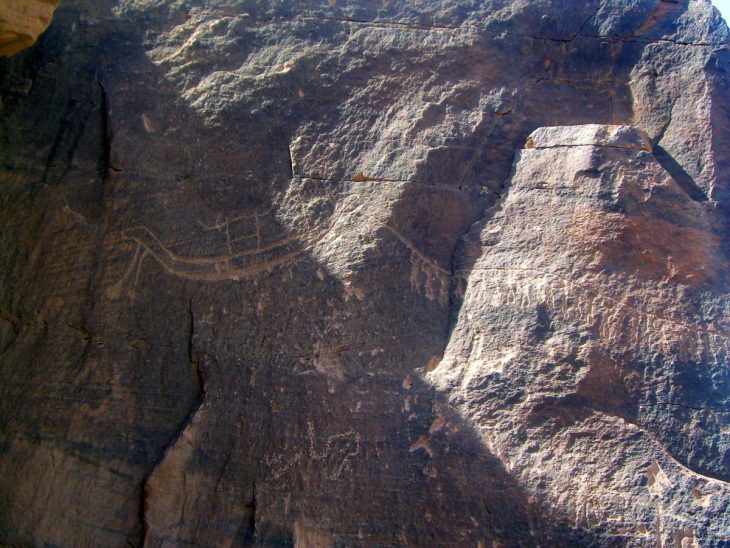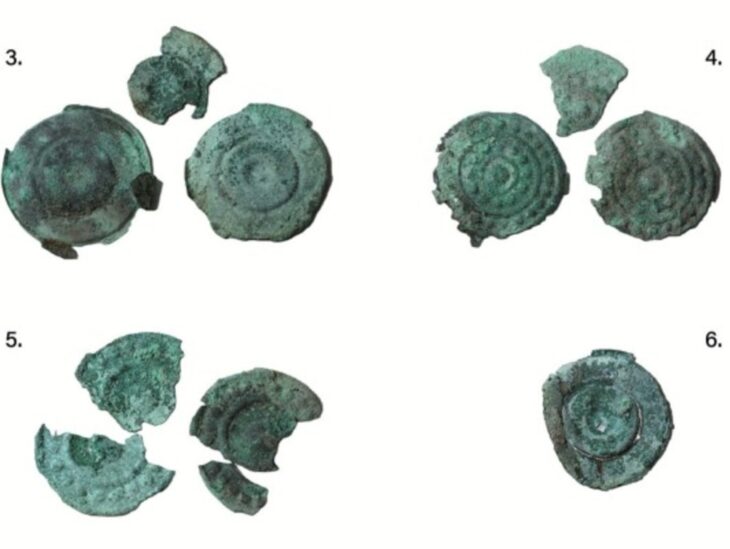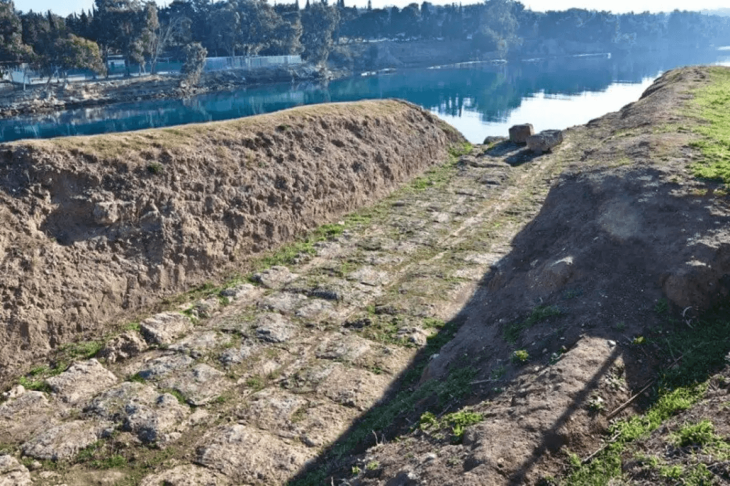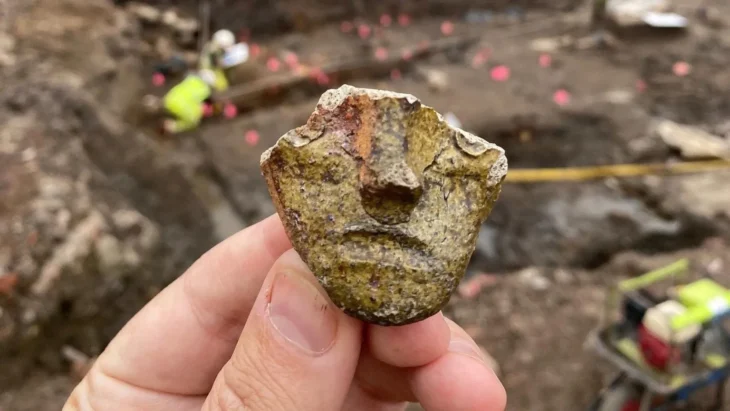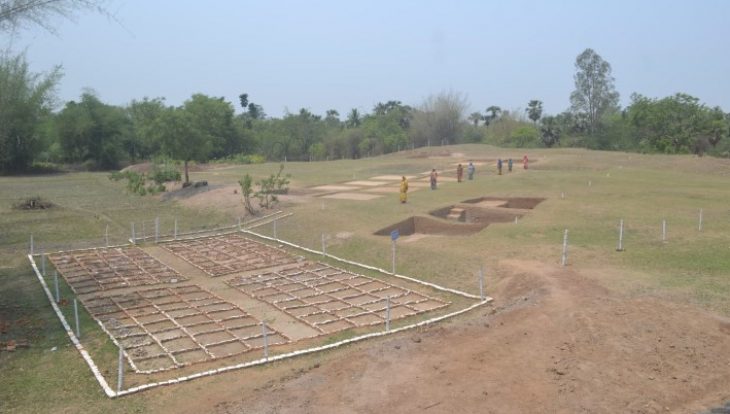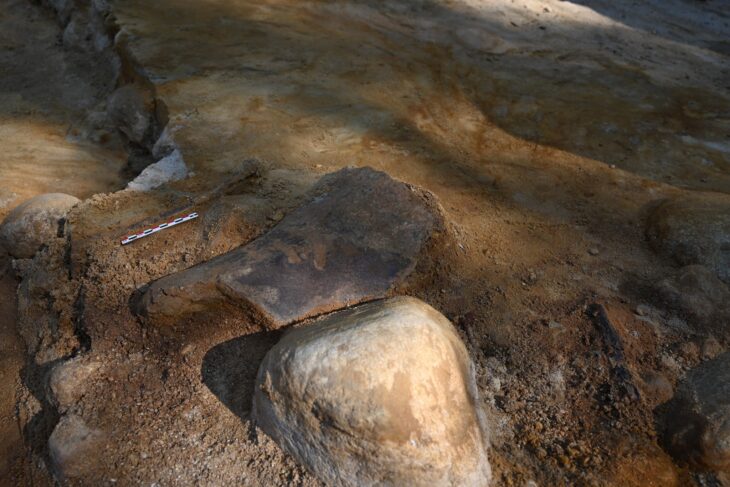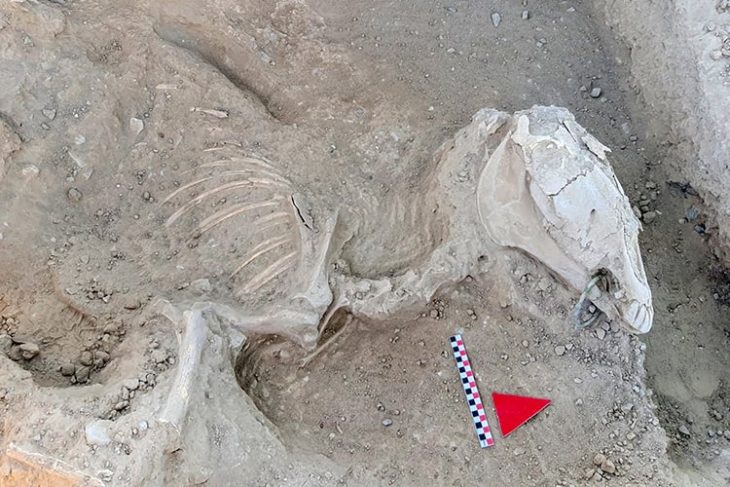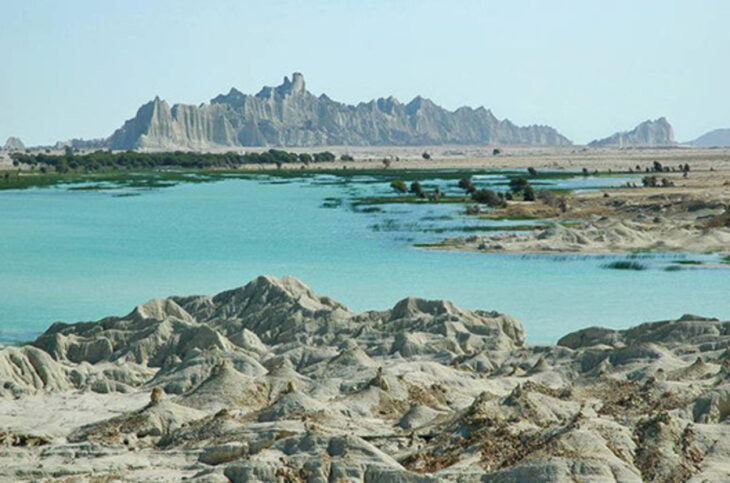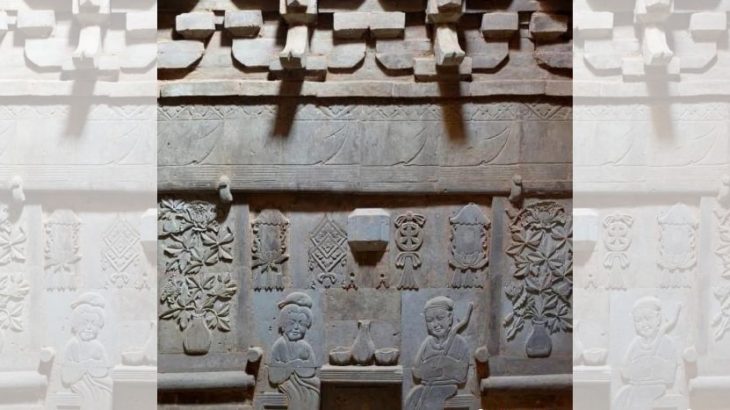Archaeologists at the University of York, have used 3D scans to study the Roman burial practice of pouring liquid gypsum over the bodies of adults and children laid to rest in coffins.
The first time this cutting-edge technology has been applied to Roman burials of this type anywhere in the world.
Details of an “interesting and unusual” Roman burial using state-of-the-art technology have allowed researchers to examine with “striking” clarity the tomb of a family who died nearly 2,000 years ago.
Researchers say the “unparalleled” 3D images have shed new light on this intriguing and unusual burial practice.
For reasons archaeologists don’t fully understand, the Romans sometimes poured liquid gypsum — a mineral used to make various types of cement and plaster — over the clothed bodies of adults and children in lead or stone coffins before burying them.
📣 Our WhatsApp channel is now LIVE! Stay up-to-date with the latest news and updates, just click here to follow us on WhatsApp and never miss a thing!!
As the gypsum hardened around the bodies and then broke down, a negative cavity formed that preserved the original position and contours of the dead. The imprint of shrouds, clothing, and footwear are also preserved in the gypsum, providing valuable evidence for perishable materials that are rarely preserved in Roman graves.
Although gypsum burials have been discovered in other parts of Europe and North Africa, Britain stands out because at least 45 have been identified in the York region since the late 19th century.
Sixteen of these gypsum casings survive and are in the collections of the Yorkshire Museum and were used as part of the York project.

Normally, only one person was buried in a coffin, but for the York Project, researchers selected the gypsum casing of a family of two adults and an infant who died at the same time.
Professor Maureen Carroll, chair of Roman archaeology at the University of York, said of the gypsum casing of this family, “The 3D images allow us to witness a poignant family tragedy almost 2000 years after it occurred, reminding us not only of the fragility of life in antiquity, but also the care invested in the interment of this group of people.”
Professor Carroll added, “The contours of the three individuals in the gypsum can be seen with the naked eye, but it is difficult to make out the relationship of the bodies to each other and to recognize how they were dressed or wrapped. The resulting 3D model clarifies these ambiguities in stunning fashion.”
The scans show that all of the bodies in the group were completely wrapped from head to toe in shrouds and fabrics of varying quality and weave, both in preparation for burial and before they vanished beneath a layer of liquid gypsum.
Minute details such as the ties used to bind the burial shroud over the head of one of the adults and the bands of cloth used to wrap the infant are clearly visible.
Lucy Creighton, curator of archaeology at the Yorkshire Museum, said, “The incredible results of the 3D scan of the family burial group bring us face to face with the past and show us a moment of tragedy that happened in York more than 1,600 years ago.”
The project team is hoping to secure large amounts of research funding in order to scan all of the York gypsum casings and skeletons in order to determine their age, gender, diet, and geographic origin.
The researchers also hope to better understand the nature and potential social status of textiles used in the burials, and the cultural, ritual, or practical reasons that might have determined this particular method of handling the dead not only in York, but elsewhere in Britain and beyond.
The research team presented their findings at the York Festival of Ideas.

